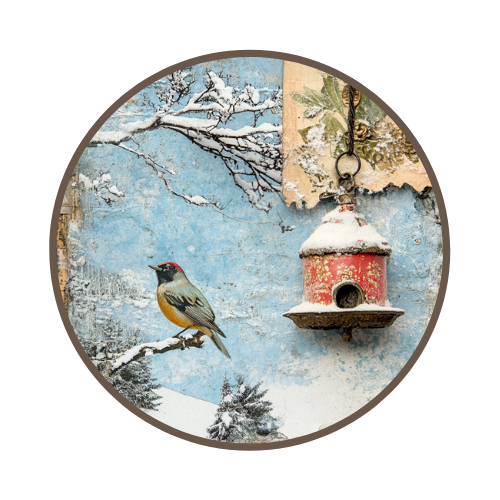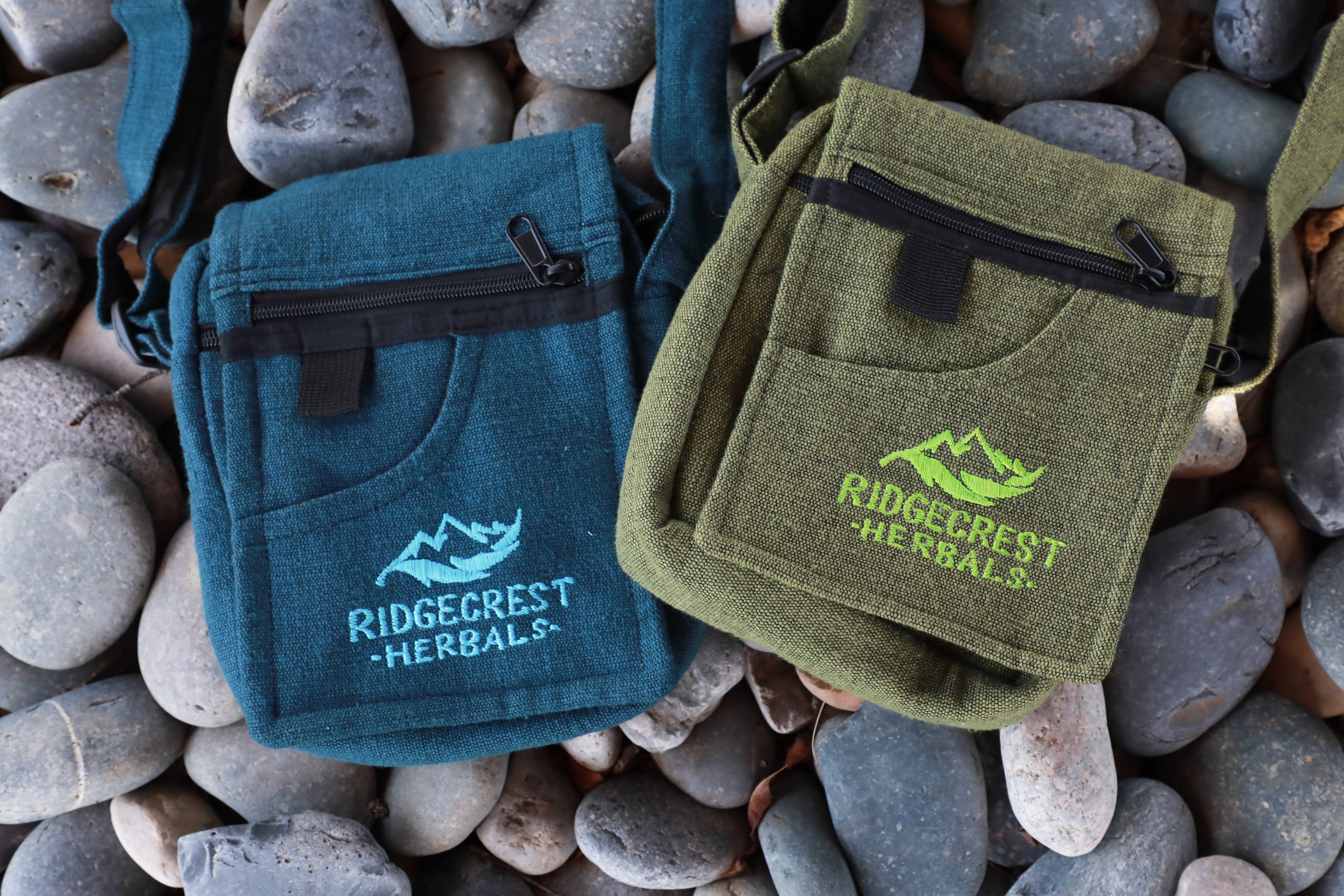Winter is a season of quiet transformation, offering unique opportunities for gardeners and nature enthusiasts alike. From innovative practices like winter sowing and planting cover crops to intentional acts like pruning and supporting wildlife, winter invites us to nurture our environment in meaningful ways. Whether you're preparing your garden for spring, helping wildlife thrive, or enhancing soil health, these winter tips provide sustainable, low-maintenance solutions to make the most of the colder months.
Winter Sowing - By Amanda, Digital Dryads
Winter sowing is a unique and low-maintenance method for starting seeds outdoors during the colder months. This technique involves sowing seeds in mini-greenhouses made from recycled containers left outside to let nature take its course. It's an excellent way to get a head start on spring planting without needing to grow lights or indoor space.
First, collect transparent or translucent plastic containers like milk jugs, soda bottles, or take-out containers. Cut them in half, creating a hinged lid, and punch drainage holes in the bottom. Fill the bottom half with a few inches of potting soil and sow your seeds according to the package instructions. Lightly water the soil and close the container, securing it with tape if needed. Label each container with the seed type and date.
Place your containers outside in a sunny spot, exposed to the elements. The seeds will remain dormant until the conditions are suitable for germination, typically in late winter or early spring. The mini-greenhouses protect the seeds from extreme cold and provide a warm, moist environment as temperatures rise.
Winter sowing is ideal for hardy plants like perennials, cold-tolerant annuals, and kale, spinach, and lettuce. It's an intentional, efficient, sustainable way to maximize your gardening efforts year-round.
Winter Wildlife - By Shae, Customer Service
Winter can be a challenging time for all of us. It’s cold and dark, and for our wildlife friends, food can be scarce. Here are a few ways that you can help your local wildlife during winter:
- Consider letting your garden go wild. Skip that fall clean-up. Leaving undisturbed areas in your garden, like leaf piles or brushwood, can provide nesting areas for animals to hide, rest, and hibernate.
- Break the ice. If you have a pond, make a hole in the ice. This will help toxic gas build-up escape. You can safely do this by boiling water on the surface to melt the ice slowly. Do not break, force, or put boiling water on it.
- Put out a bird feeder with birdseed. Any extra food you can provide will help birds during these months.
- Provide fresh water each night in a shallow bowl. Change every day.
- Put out appropriate treats. Squirrels don’t hibernate. Instead, they cache food during autumn to hold them over. Offer them nuts, chopped apples, carrots, or even spinach. Learn about your local wildlife and appropriate food to leave out for them.
- When spring comes, remember to check for wildlife before burning weeds and cleaning up piles, and consider leaving yard clean-up for a little bit later in the year to allow wildlife a chance to wake up and relocate. Butterflies and bumblebees rely on leaf litter for protection during the winter months and don’t wake up until it's a bit warmer.
Winter Pruning - By Aspen, Guest Author
When you garden with intention, you consider the needs of the plants and spaces you care for. It may be surprising, but Winter is the perfect time to prune and care for your shrubs, trees, and bushes. Here’s why:
- During winter, most trees and shrubs are dormant. Pruning during this time minimizes stress on the plant, as it does not focus on healing wounds while also putting out new leaves and flowers.
- With minimal sap flow in winter, pruning cuts heal quicker and cleaner, reducing the risk of infection from diseases or pests.
- Without leaves obscuring the view, winter offers the perfect opportunity to inspect the structure of your plants. You can quickly identify dead, diseased, or damaged branches that need removal, promoting better airflow and light penetration within the plant.
- Winter pruning allows you to remove weak, diseased, or broken branches before spring storms arrive.
- Removing unwanted growth during winter encourages the plant to focus its energy on healthy branches and buds come spring. This can lead to more robust overall growth and even better flowering or fruiting in the following season.
- Fungal diseases and insects that can harm your plants are often less active or dormant in winter. Pruning cuts made during this time are less susceptible to becoming entry points for these threats.
Remember: While winter is an excellent time for general pruning, some exceptions exist. Avoid pruning spring-flowering trees and shrubs in winter, as you might remove flower buds. Always research the specific needs of your plants before pruning.
Winter Cover Crops - By Amanda, Digital Dryads
Planting cover crops during winter is a smart strategy to improve soil health and prepare your garden for the next growing season. Cover crops, also known as green manures, are plants grown primarily to benefit the soil rather than for harvest. They prevent soil erosion, suppress weeds, and improve soil fertility.
Common winter cover crops include rye, clover, and vetch. These plants can thrive in cold conditions and offer numerous benefits. Rye, for example, proliferates and creates a dense cover that protects the soil from erosion and compaction. Clover and vetch are legumes that fix nitrogen in the soil, reducing the need for additional fertilizers in the spring.
Scatter the seeds over your garden beds after your fall harvest to plant cover crops. Lightly rake the soil to ensure good seed-to-soil contact and water them if rainfall is insufficient. As these plants grow, their roots help to break up compacted soil, and their foliage provides a protective mulch.
In early spring, cut down the cover crops and till them into the soil before planting your main crops. This green manure adds organic matter and nutrients to the soil, improving its structure and fertility.







Leave a comment
All comments are moderated before being published.
This site is protected by hCaptcha and the hCaptcha Privacy Policy and Terms of Service apply.